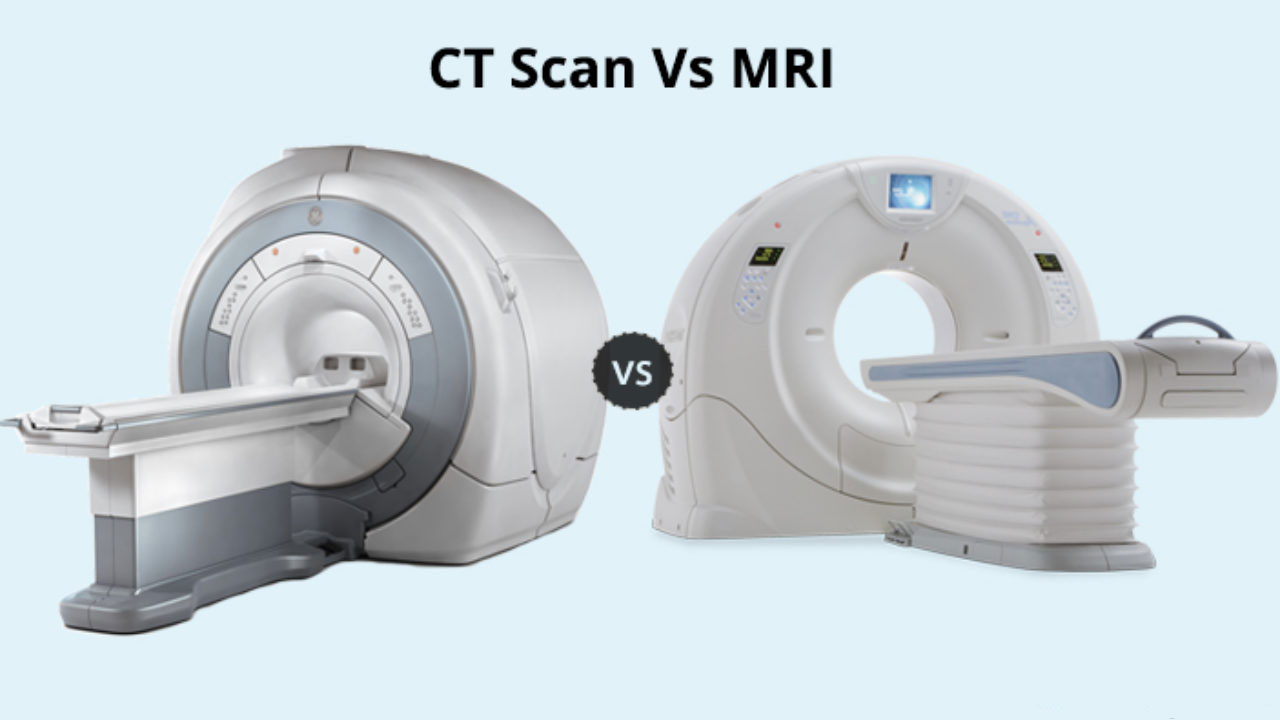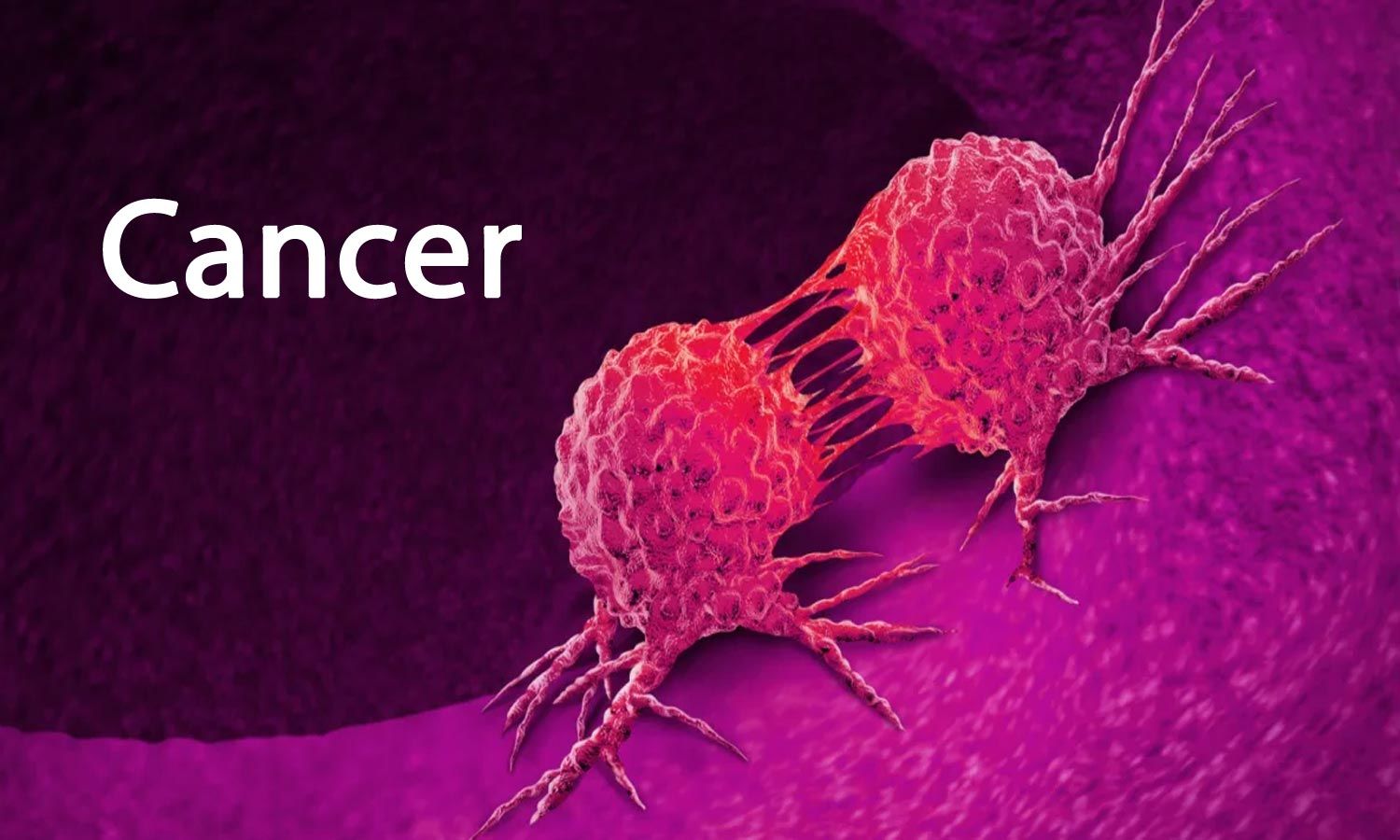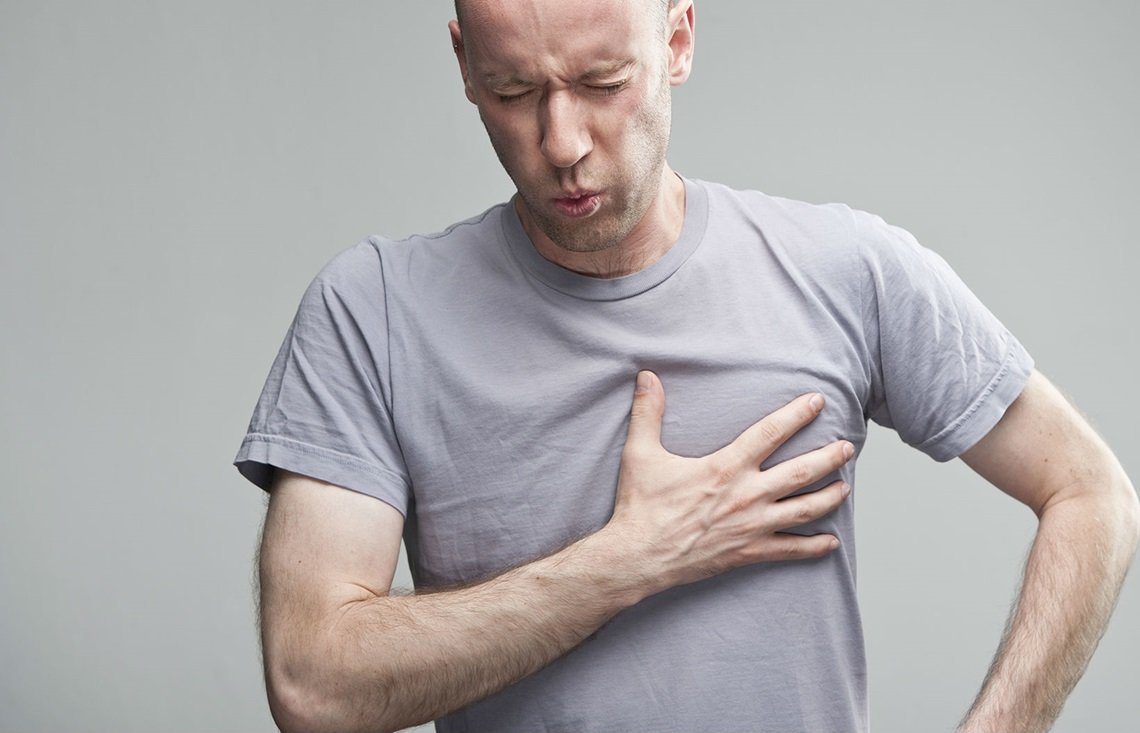Body signs and symptoms of iron deficiency
Deficiencies in mineral iron lead to abnormal levels of red blood cells because iron is necessary to produce hemoglobin, which carries oxygen throughout the body.
Your body will not receive enough oxygen if you do not have enough hemoglobin. Anemia results from this.
Iron deficiency anemia is the most common type of anemia worldwide. Poor diet is one of the leading causes of iron deficiency. For example, restricted diet, inflammatory bowel disease, pregnancy complications, and heavy bleeding during menstruation.
In addition to affecting your health, focus, and productivity at work, it can lead to unwanted symptoms.

Iron deficiency causes, symptoms, and signs
The signs and symptoms of iron deficiency differ depending on the severity of the anemia, growth rate, age, and current health status. Some people do not experience any of these symptoms. Iron deficiency symptoms begin with the most common iron deficiency:
Fatigue that is unusual:
Over half of the population suffers from excessive fatigue as a result of iron deficiency. Red blood cells contain a protein called hemoglobin, which your body produces. Hemoglobin helps the body carry oxygen.
Hemoglobin deficiency results in less oxygen reaching the tissues and muscles, depleting their energy. To move oxygen-rich blood around your body, your heart has to work harder, which can exhaust you.
Paleness and iron deficiency:
A bright color inside the lower eyelids is a sign of iron deficiency. Red blood cells contain hemoglobin, which gives them their red color. Identify an area, such as the face, pale gums, or even the nails.
Breathing problems:
In order for red blood cells to carry oxygen to the body, hemoglobin must be present. Oxygen levels will be low when hemoglobin is low due to an iron deficiency.
Your muscles do not have enough oxygen to perform everyday activities such as walking. Your breathing rate increases as your body struggles to get more oxygen. As a result, shortness of breath is a common symptom.
Symptoms of iron deficiency include dizziness and headaches:
Headaches can be caused by iron deficiency. Dizziness is often accompanied by this symptom. In an iron deficiency, low hemoglobin levels in red blood cells mean that oxygen cannot reach them. Brains do not exist.
The result is swollen blood vessels in the brain, causing headaches and pressure. The presence of recurrent headaches and dizziness can be a sign of iron deficiency, though there are many causes of headaches.
Palpitations and iron deficiency:
Another sign of iron deficiency anemia is a rapid heartbeat. Red blood cells contain hemoglobin, a protein that helps carry oxygen throughout the body.
Low hemoglobin levels of iron deficiency cause the heart to work harder to carry oxygen, resulting in irregular heartbeats.
It can cause the heart to enlarge or even fail in severe cases. These symptoms, however, are much less common. It takes a long time to overcome iron deficiency.

Symptoms of iron deficiency include dry and damaged hair and skin:
When your body is iron deficient, it directs its limited oxygen to more critical functions, such as your organs and tissues. Dry, broken skin and hair can be a sign of iron deficiency.
Depriving the skin and hair of oxygen causes them to become dry and weak. Hair loss is more common in cases of iron deficiency.
Iron deficiency is characterized by swelling and sores on the tongue and mouth:
Anemia caused by iron deficiency can sometimes be detected just by looking at the mouth. A swollen, inflamed, pale tongue is one of the symptoms.
Having low iron in hemoglobin can cause paleness of the tongue, while having lower levels can cause the tongue to become injured, flattened, and swollen.
Myoglobin is a protein found in red blood cells that supports muscles, including the tongue’s muscles. In addition to dry mouth, iron deficiency can also cause red cracks and sores in the mouth corners.
Symptoms of iron deficiency include restless legs:
Restless legs syndrome is associated with this disease. The restless legs syndrome is characterized by a constant need to move the legs while at rest. Also, itching of the feet’ skin and soles may occur, which usually worsens at night, causing people to sleep less.
Restless Legs Syndrome has yet to be fully understood. Iron deficiency anemia is estimated to affect up to 25% of people with restless legs syndrome.
Nails that are fragile and spoon-shaped:
Brittle, spoon-shaped nails are common symptoms of iron deficiency. In later stages of iron deficiency, spoon-shaped pins can form in the middle of the nails due to brittle nails that break and crack easily. This is a rare side effect seen only in severe cases of iron deficiency anemia, but it comes and goes like a spoon.
Symptoms of iron deficiency include:
Iron deficiency also causes other symptoms. In addition to iron deficiency, these are less common and can be associated with a variety of diseases.

Symptoms of iron deficiency anemia include:
Stress is felt as follows:
In iron deficiency, a lack of oxygen can cause anxiety, although iron levels tend to improve or dissolve over time.
Hands and feet that are cold:
A deficiency of iron results in less oxygen reaching the limbs. Hands and feet may feel cold to some people.
Infections that recur:
The deficiency of iron can lead to an increase in sickness due to its importance for a healthy immune system.
A doctor should be consulted when:
If you or your child shows signs and symptoms of iron deficiency anemia, contact your doctor. Anemia caused by iron deficiency cannot be treated on its own. Instead of taking iron supplements, see your doctor.
Excess iron can damage your liver and cause other complications if you have iron overload.
Iron deficiency can be caused by the following factors:
Anemia caused by iron deficiency occurs when your body does not produce enough hemoglobin. Red blood cells carry oxygenated blood with hemoglobin, which is a component of red blood cells. Your body should be carried.
Iron deficiency anemia develops when the body does not produce enough hemoglobin as a result of not getting enough iron or losing a lot of iron.
There are several causes of iron deficiency anemia, including:
Asymptomatic anemia:
If you lose blood, you also lose iron. Because heavy periods cause blood loss, women with heavy periods are at risk for iron deficiency anemia.
Deficiency of dietary iron:
The foods you eat provide your body with iron on a regular basis. Your body will gradually become iron deficient if you eat less iron. Iron-rich foods include meat, eggs, leafy green vegetables, and iron-fortified foods. To grow properly, children and infants need iron in their diets.
Your small intestine absorbs iron from food. Having celiac disease can cause iron-deficiency anemia since it affects your gut’s ability to absorb nutrients.
Iron absorption may be affected if part of your small intestine is surgically removed or removed.
Pregnancy and iron deficiency:
As a result of their iron stores being depleted, many iron-free pregnant women develop iron deficiency anemia.
The following groups are more likely to be iron deficient:
Among women:
During menstruation, women usually lose blood.
Children and babies
Especially underweight and premature babies, and those who do not get enough iron from breast milk, may be at risk for iron deficiency. Over time, children need more iron. He may be at risk for anemia if he does not have a healthy and varied diet.
Vegetarians are at risk of iron deficiency:
Non-meat eaters may suffer from iron-deficiency anemia if they do not consume iron-rich foods.
Donors of regular blood:
Due to the depletion of iron stores caused by donating blood, people who donate regularly may be at risk of iron deficiency anemia. In some cases, eating iron-rich foods may be difficult due to a lack of hemoglobin in blood donation. Talk to your doctor if you have been told you cannot donate blood due to low hemoglobin.
The following are symptoms and problems associated with iron deficiency:
There are usually no side effects associated with iron deficiency anemia. Iron deficiency anemia, however, can cause serious health problems, including:
Problems with the heart:
A fast or irregular heartbeat can be caused by iron deficiency anemia. Your heart needs more blood to compensate for the lack of oxygen in your blood. Enlargement or failure of the heart can result from this.
Pregnancy-related iron deficiency:
Preterm birth and low birth weight are associated with severe iron deficiency anemia in pregnant women. Pregnant women who take iron supplements as part of their prenatal care can still prevent it.
Problems with growth:
Iron deficiency in children and infants can cause anemia and stunted growth. Additionally, iron deficiency anemia increases infection susceptibility.
Preventing iron deficiency:
Iron-rich foods can reduce your risk of iron deficiency anemia. Iron-rich foods that are also rich in nutrients include:
- Chicken and red meat
- Fish and seafood
- The bean
- Raisins and apricots are dried fruits
- Iron-fortified flour, bread, and pasta
- The peas
To increase iron absorption, choose foods that contain vitamin C. Iron-rich foods, fruit juices, and foods rich in vitamin C can increase your iron intake. Citrus fruits, such as orange juice, contain vitamin C that helps your body absorb iron.
The following foods are also rich in vitamin C:
- Broccoli
- Grapefruit
- Kiwi
- Green leaves
- cantaloupe
- Pepper
- Strawberry
- Tangerine
- tomato










